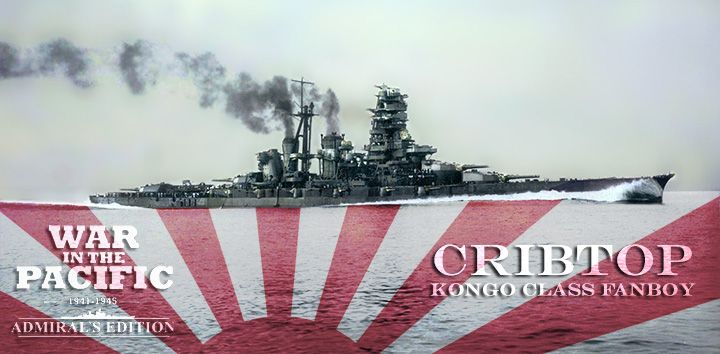Nemo,ORIGINAL: Nemo121
Destroying x armoured divisions might be welcome but a Soviet commander who turned down an opportunity to blow the entire German front open by running for Arnhem and, instead, chose to carry out some lateral attack against 9th or 10th SS forces south of the river would have been taken out and shot - and rightfully so. If 9th or 10th SS units had been south of the river the Soviet commander would have detailed some of his independent sub-units to screen the flank while his main force pounded up the road towards Arnhem and his reserve sat somewhat centrally ready to either punch through Arnhem ( if the main force proved incapable of doing so ) or to stop the 9th or 10th SS from cutting the road ( the former would have been much preferred for obvious reasons ).
The next echelon ( another armoured division ) would then, ideally, have passed through the gap in the enemy lines at Arnhem and driven hell for leather for the next river line and set of bridges hoping that by breaking through at Arnhem whilst the 1st echelon was fully engaged with enemy operational reserves ( 9th and 10th SS ) they'd get an opportunity to break into the enemy's Strategic Depth and dislocate the entire enemy defensive line.
Arnhem was nice but since the enemy's operational reserves were located there it was actually not the place to stop. You have to punch past the operational reserves in order to get into the strategic depth. I used to play the Panther Games games of Arnhem and would handle the Allies as though they were Soviet - even though they weren't TO&Ed or OOBed for that - and the games invariably ended up with the German operational reserves (9th and 10th SS ) getting drawn into a battle around Arnhem while a Tank Division crossed the river elsewhere and raced past Arnhem towards deeper targets with independent sub-units split off to screen their left flank ( they usually passed Arnhem to its east ) against any attempt by German operational reserves to disentangle themselves from Arnhem.
while I agree with you and your points are well made, I want to quibble with some of your details which I feel are relevant to an analysis of Market Garden.
The bridges at Arnhem were chosen as the strategic objective because seizing them would dislocate the entire German defense.
The 9th and 10th SS Panzer were essentially sitting on the objective. There was no lateral attack from the main line of advance to attack and destroy these divisions during Market Garden of which I am aware. At the time XXX Corps had linked up with the 82nd at Nijmagen, these two SS Panzer "divisions" (they were very understrength) had secured the objective, pushed blocking forces to the south into the very restricted terrain between Nijmagen and Arnhem (along the main enemy axis of advance), and were attempting to destroy the British airborne troops in the vicinity. Thus, I would argue that even the presence of a reinforced airborne division was inadequate to fix the German reserves in any effective sense.
Although I have not studied the actual terrain in detail, the experienced Allied commanders on the ground did not identify a viable bypass across the the branches of the Rhine that they could exploit with the troops and time available, thus I caution lessons learned from gaming the campaign. the terrain in this region provided numerous choke points, and as all the Allies had come to learn, even small German armor units inthe defense were very difficult customers when they could not be effectively bypassed or destoyed from the air.
That being said, certainly Market Garden is an example of the risks of deep operations as part of deep battle and compares unfavorably to Bagration in terms of strategic and operational planning. The most basic differences being the lack of effective deception (maskirovka) and ignoring reconnaissance about the presence of enemy reserves all combined with the gamble on an attack along a very narrow front.
Mike
p.s. While not on many people's must read list, Urquhart's book, Arnhem , is a very quick read and a very frank account of the battle from his perspective as the Commander of the British 1st Airborne. Very tactical in its lessons learned though. Not really relevant to the topic of Deep Battle.










